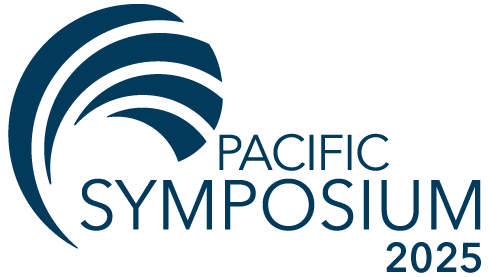Trauma is Vibrational Illness; Acupuncture is Vibrational Medicine
Using ancient principles of Chinese Medicine, Acupuncturists are trained to facilitate whole-body coherence between yin and yang; balance and regulation in the Kidney/Heart axis and a smooth flow through the cycle of seasons and Elements. Integrating neurobiology’s 5 Steps of the Self-Protective Response (hint: they mirror the 5 Elements!) and the framework of Polyvagal Theory in the context of the Shen Cycle will illuminate diagnostic information and treatment room skills that will revolutionize your practice, your service to your patients, and your contribution to the healing of our world.
Exclusive Exhibitor Presentation: Acufast Earth Friendly Needle
Putting the Traditional Back into TCM: Taking Back a Mis-Translated Name
I lived in China from 1986 to 2014, learning Traditional Chinese Medicine from the last doctors born and educated prior to 1949. That means I learned TCM, because that is what TCM stands for: Traditional Chinese Medicine. How people in the west mis-named China’s attempt at creating a modern Chinese medicine (MCM) as TCM is an interesting story, but more interesting is finding out what the true TCM I learned and can still be found in China today is. Come join me for a fun, perspective shifting hour on what is Traditional, what it takes to be a traditional practitioner, and why we should all study TCM if we wish to take full advantage of the classic texts in the clinic.
Exclusive Exhibitor Presentation: Treasure of the East
Nerve Entrapment Syndromes and The Binding Regions of TCM – Introduction
In this presentation, we will discuss anatomical regions that predispose spinal and peripheral nerves toward compression. Often from a narrowed tunnel or due to a thickening of an overlying myofascial structure, nerve compression can decrease the nerve’s potential to nourish the innervated tissue. There are varying levels of nerve compression, which many times can be a silent contributor to musculoskeletal pain located distal to the entrapment site. The anatomical locations of the nerve entrapments can be viewed as “binding regions” of the channel sinews.
Exhibit Hall: Multiple Rooms
The Tao of Trauma: Integrating Polyvagal Theory, The Self-Protective Response, and the Five Elements of Chinese Medicine
We will use an East-meets-West framework for exploring the nature of trauma and our body’s inherent capacity to restore balance and regulation. Integrating Polyvagal Theory with the Shen Cycle informs the critical role that acupuncturists can play in restoring regulation in the Kidney/Heart axis and brings clarity to the role all healers can play in mitigating the impact of ancestral trauma, impulsive violence, and health disparities. Restoring balance and regulation in one individual then influences their family, coworker and community. Our nation needs its healers!
Manual Muscle Testing (MMT) for the Acupuncturist
Manual muscle testing (MMT) is a integral part of assessment that the TCM practitioner can quickly and effectively add to their clinical practice. MMT provides useful information about “how and why” the injury has occurred or if the patient is susceptible toward future injury. Information gained from MMT informs the practitioner about muscle and channel imbalances, the integrity of the contractile tissue (i.e. how much qi is available to the contractile tissue) and identification of the injured channel and affected tissue. In this workshop, we will examine easy to learn testing of key muscles associated with different channel correspondences.
Putting the Traditional Back into TCM: Using the Classics in the Clinic
In part I of the afternoon lecture, Andrew lays out the path to gaining the perspectives classical practitioners had as they struggled with providing wellness and treating illness. By learning to see the world as they did, we can better understand the words they left us and immediately apply them in the clinic. In part II of the afternoon lecture, Andrew addresses what happens in the clinic once we have returned to the traditional mindset. With the traditional practitioner mindset in place, we can then immediately apply classical thinking to every physical treatment we give.
